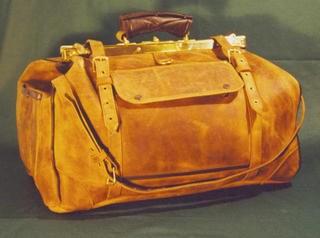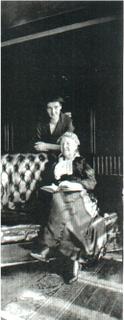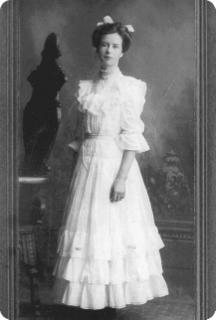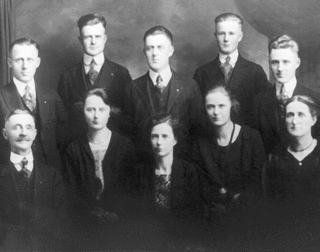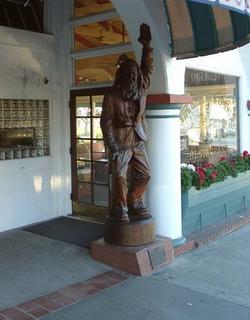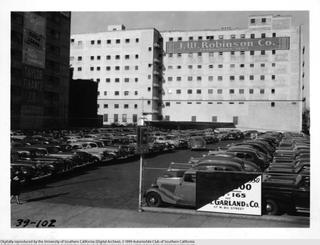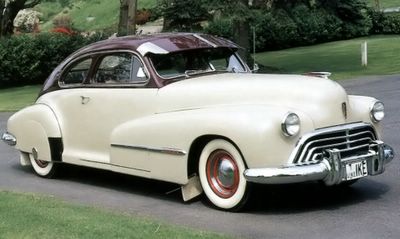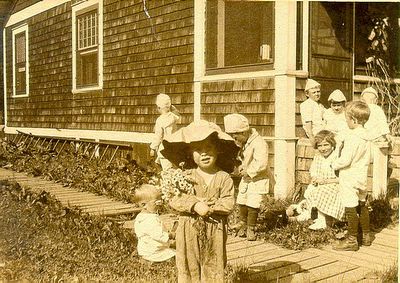Since tomorrow is Father’s Day, I thought I would turn this genealogical expedition around and spend some time with photos and tales of my father’s life.But first, a story about the origins of this holiday.
Sonora Dodd, of Washington, first had the idea of a "father's day." She thought of the idea for Father's Day while listening to a Mother's Day sermon in 1909.
Sonora wanted a special day to honor her father, William Smart. Smart, who was a Civil War veteran, was widowed when his wife died while giving birth to their sixth child. Mr. Smart was left to raise the newborn and his other five children by himself on a rural farm in eastern Washington.
After Sonora became an adult she realized the selflessness her father had shown in raising his children as a single parent. It was her father that made all the parental sacrifices and was, in the eyes of his daughter, a courageous, selfless, and loving man. Sonora's father was born in June, so she chose to hold the first Father's Day celebration in Spokane, Washington on the 19th of June, 1910.
President Calvin Coolidge, in 1924, supported the idea of a national Father's Day. Then in 1966 President Lyndon Johnson signed a presidential proclamation declaring the 3rd Sunday of June as Father's Day. President Richard Nixon signed the law which finally made it permanent in 1972.
And I always thought the holiday had been created, like so many others, by Hallmark…and the thought that Nixon had something to do with it makes me feel sort of creepy.
William Bernie Dunn. Born on the 7th of February, 1915. He was the last of two children born to William Bernie Dunn (Senior) and Eava Lena Dunn (Seymour). He was born in Duluth, Minnesota and I am certain that it was a cold day when he was born. Winter in Minnesota can be brutal! He was also an exceptionally large baby, weighing 13 pounds. He joined an older sister, Jay, born in 1912.
I wish I knew more about his early life. I have some photos taken while the family still lived in Minnesota and they don’t tell much of a story, but I will include them here for your own speculation.
After the photos, I will return with some more information about Dad.











